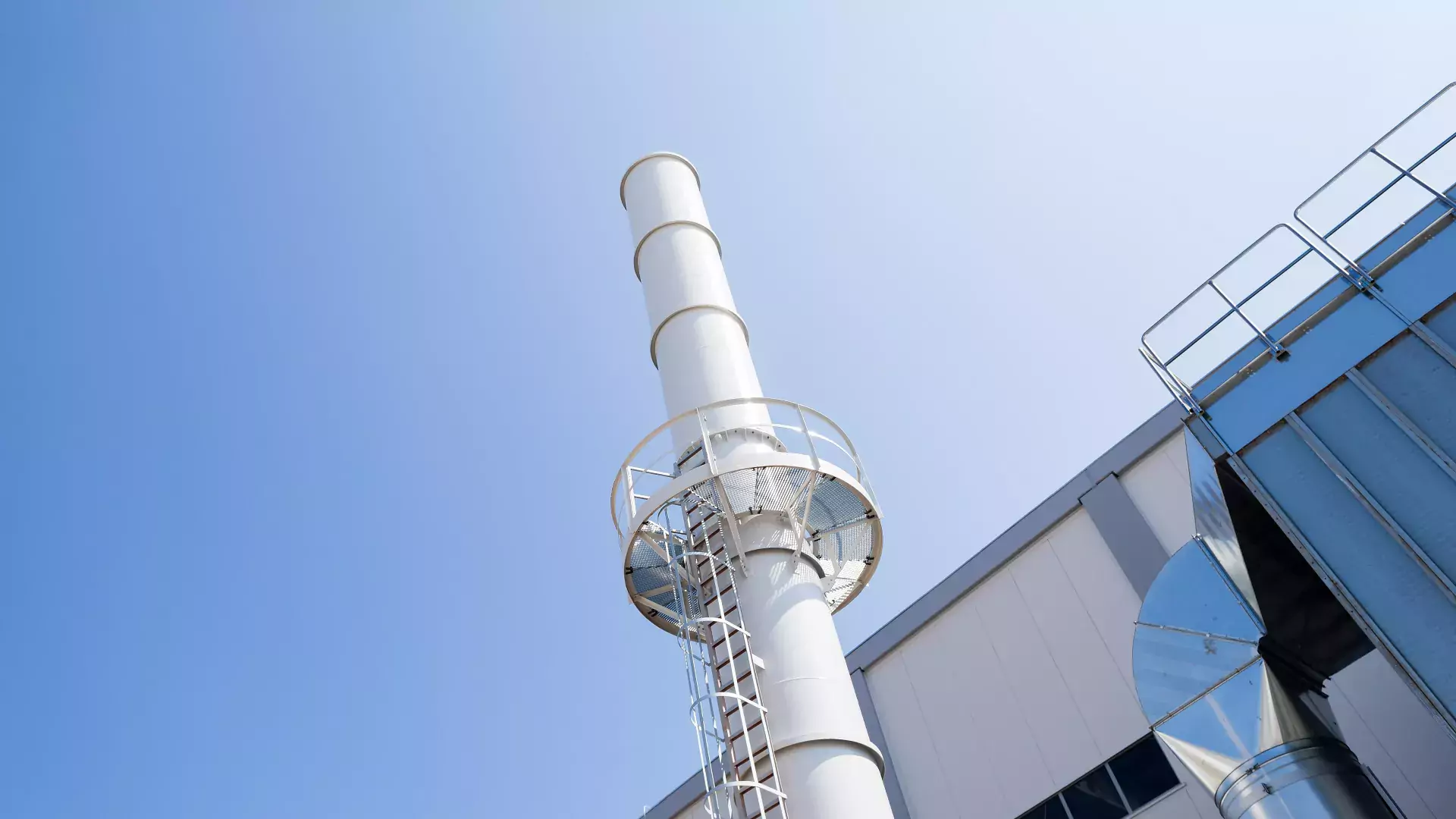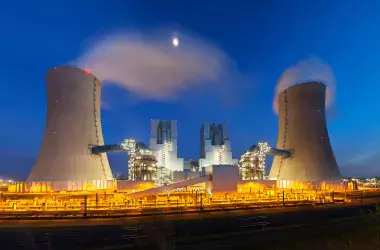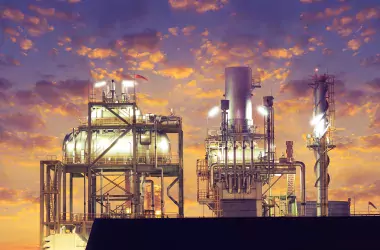Flue gas treatment process
Flue gas treatment process applications
Flue gases from industrial processes often contain acidic pollutants such as sulphur oxides (SO2 + SO3), hydrochloric acid (HCl), and hydrofluoric acid (HF). Heavy metals, dioxins and furans can also be found in the exhaust.

Dry Process
Dry processes typically inject a dry sorbent into the flue gas before a particulate separator. Usually, the particulate separator is either a bag filter or an electrostatic precipitator. They are designed to remove acidic gas components (mainly SO2, HCl, HF, SO3) by neutralizing them with alkaline sorbents.
All dry processes can use calcium hydroxide Ca(OH)2 and have no residual liquid effluent to treat, in contrast to a wet system.
Our dry processes:

Semi-wet process
In spray-dry flue gas treatment, lime is added in the form of a lime slurry (or milk of lime) which is sprayed or atomized in a special reactor. The milk of lime or lime slurry serves a double function: to condition the flue gas by increasing humidity and to reduce the temperature. It also guarantees dispersion of calcium hydroxide in fine particles once the droplets are dry. The latent heat in the treated gas evaporates the water in the lime slurry and creates a liquid-gas reaction, leaving a dry powder.

Wet process
The wet process consists of cooling down the flue gas temperature to below the dew point. Condensed acid gases are washed using a liquor of either milk of lime/lime slurry or a suspension of calcium carbonate (milled limestone). This process is typically used in large installations because of the higher investment cost and the need to treat residual water.

Combined process
Combining different processes in series can be an interesting solution to target a large range of pollutants by using the strengths of different scrubbers. That is often the case when heavy metals and organic pollutants are emitted.